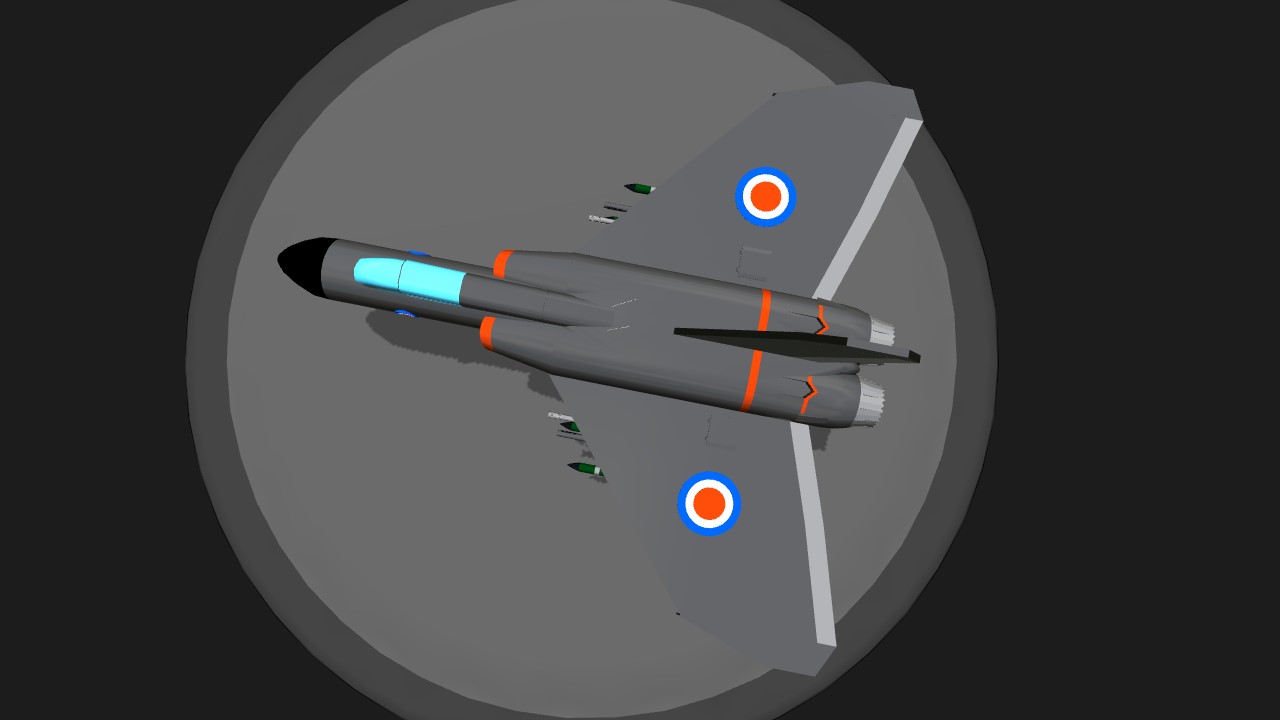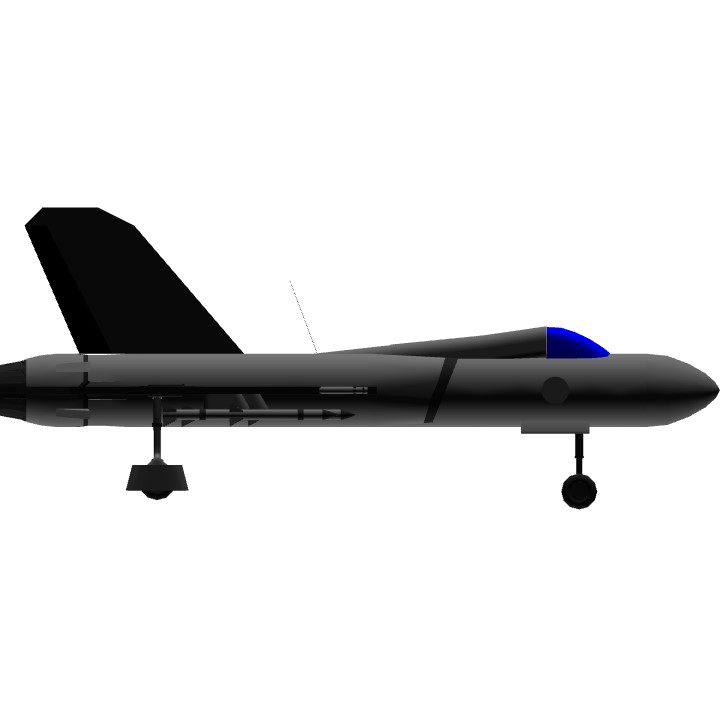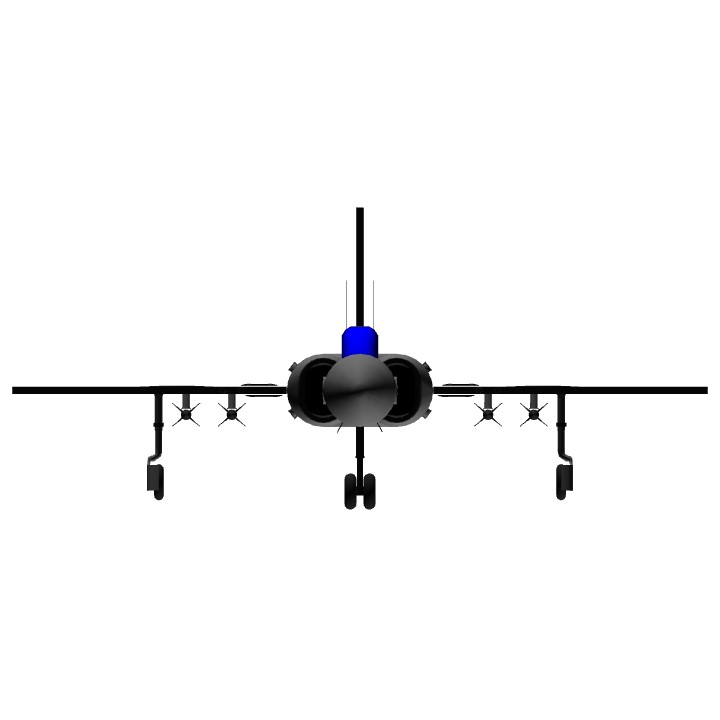In the aftermath of the Second World War, Britain identified a threat posed by the jet-powered strategic bomber and atomic weaponry and thus placed a great emphasis on developing aerial supremacy through continuing to advance its fighter technology, even following the end of conflict. Gloster Aircraft, having developed and produced the only British jet aircraft to be operational during the war, the Gloster Meteor, sought to take advantage of its expertise and responded to a 1947 Air Ministry requirement for a high-performance night fighter under Air Ministry specification F.44/46. The specification called for a two-seat night fighter, that would intercept enemy aircraft at heights of up to at least 40,000 feet. It would also have to reach a maximum speed of 525 kn at this height, be able to perform rapid ascents and attain an altitude of 45,000 feet within ten minutes of engine ignition.[1]Additional criteria given in the requirement included a minimum flight endurance of two hours, a takeoff distance of 1,500 yards, structural strength to support up to 4g manoeuvres at high speed and for the aircraft to incorporate airborne interception radar, multi-channel VHF radio and various navigational aids. The aircraft would also be required to be economical to produce, at a rate of ten per month for an estimated total of 150 aircraft.[2]Gloster produced several design proposals in the hope of satisfying the requirement. P.228, drawn up in 1946, was essentially a two-seat Meteor with slightly swept wings. A similar design was also offered to the Royal Navy as the P.231.[3] The later-issued P.234 and P.238 of early 1947 had adopted many of the features that would be distinctive of the Javelin, including the large delta wing and tailplane.[4] The two differed primarily in role; P.234 was a single-seat day fighter with a V-tail, while P.238 was a two-seat night fighter with a mid-mounted delta tailplane.[3]The RAF requirements were subject to some changes, mainly in regards to
Specifications
Spotlights
- Azam 5.6 years ago
General Characteristics
- Created On iOS
- Wingspan 30.9ft (9.4m)
- Length 32.3ft (9.8m)
- Height 13.4ft (4.1m)
- Empty Weight 13,346lbs (6,053kg)
- Loaded Weight 17,256lbs (7,827kg)
Performance
- Power/Weight Ratio 3.906
- Wing Loading 59.1lbs/ft2 (288.6kg/m2)
- Wing Area 292.0ft2 (27.1m2)
- Drag Points 4228
Parts
- Number of Parts 71
- Control Surfaces 5
- Performance Cost 431







Nice craft and nice explanation too